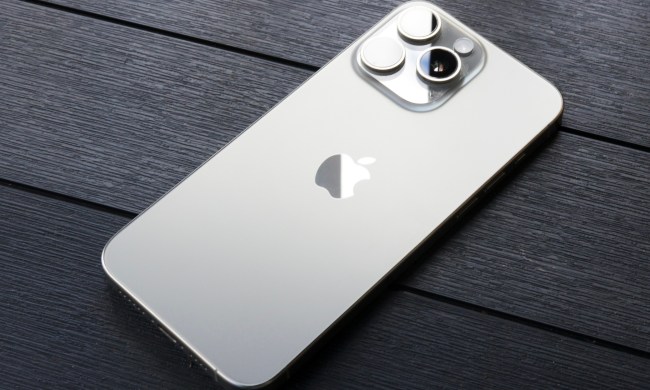Not all is well with Samsung’s newest Galaxy Watch 7, which comes with the latest and greatest 3nm Exynos chipset. Despite launching just last month alongside the Galaxy Watch Ultra, users are already reporting mediocre to poor battery life with excessive battery drain despite the new, more efficient chip.
Hey @UniverseIce any info on the horrible battery life for the #Samsung Galaxy Watch 7 / Ultra and an upcoming update to address it? A lot of users are having crazy bad battery life. Personally I'm lucky to get 16 hours on my 44mm Watch 7. #galaxywatch
— TechnicallyJeff (@JeffTechnically) July 27, 2024
According to users across X (formerly Twitter), Reddit, and the Samsung community forums, their smartwatches aren’t lasting anywhere near the full day or more they’re supposed to. Some users report the battery draining to zero in just 12 hours, and one even says that he got just 10 hours with the always-on display on. That’s obviously unacceptable for any wearable, but especially for one that you’re supposed to use for fitness and sleep tracking.
One Samsung user commented that they’re unable to get a full day use out of the Watch 7 and that it needs to last at least 24 hours, or they want a refund. Another mentioned that they were only able to get 16 hours on their 44mm Galaxy Watch 7, which is surprising since the 44mm Watch 7 has a 425mAh cell, making it quite a bit bigger than the 300mAh cell on the 40mm Watch 7. Naturally, neither can really compete with the 590mAh Galaxy Watch Ultra, but even still, users should be seeing a lot more than 12 or 16 hours of use.
Just got me a new #GalaxyWatch7 and can't get a full day use. Pls tell me this is a glitch bc people surely can't be expected to carry a charger. This needs to last at least 24 hrs or give ppl their money back.
Sincerely,#notahappycustomer pic.twitter.com/Y3hmqY4V6O
— Tennis Girl 🎾 (@Nole_fan_girl) July 29, 2024
If you go to the Galaxy Watch subreddit, you’ll find a significant number of posts from users confused about their lackluster runtime. One user from a week ago said that they normally charge their watch every night, meaning it’s fully charged when they start their day at 6 a.m., but by the time they get to 5 p.m., it’s at just 8%. Other users in the comments confirm similar issues, though it seems the Galaxy Watch Ultra isn’t affected. I can confirm that my Galaxy Watch Ultra currently lasts me at least two days before needing to recharge with the always-on display.

The good news here is that Samsung has acknowledged that the excessive battery drain on the Galaxy Watch 7 is a software bug, and the company is rolling out a fix. That’s encouraging because excessive battery drain caused by software is a much easier fix than a defect in the battery. Samsung has also moved fast, rolling out the Galaxy Watch 7 battery update starting today for users in Korea.
Expect the update to roll out across other markets in the next week or two. SamMobile is reporting that both the Watch 7 and Watch Ultra are getting their first software update starting today, which includes bug fixes and improved stability.
As a temporary fix, you can turn off the “Hey Google” voice command on your Galaxy Watch. Users have reported seeing a reduction in battery drain after trying this, suggesting that the software issue is related to the keyword triggering and keeping something running in the background. Another option is switching off Bluetooth, though that’ll also make the watch quite a bit less functional.




